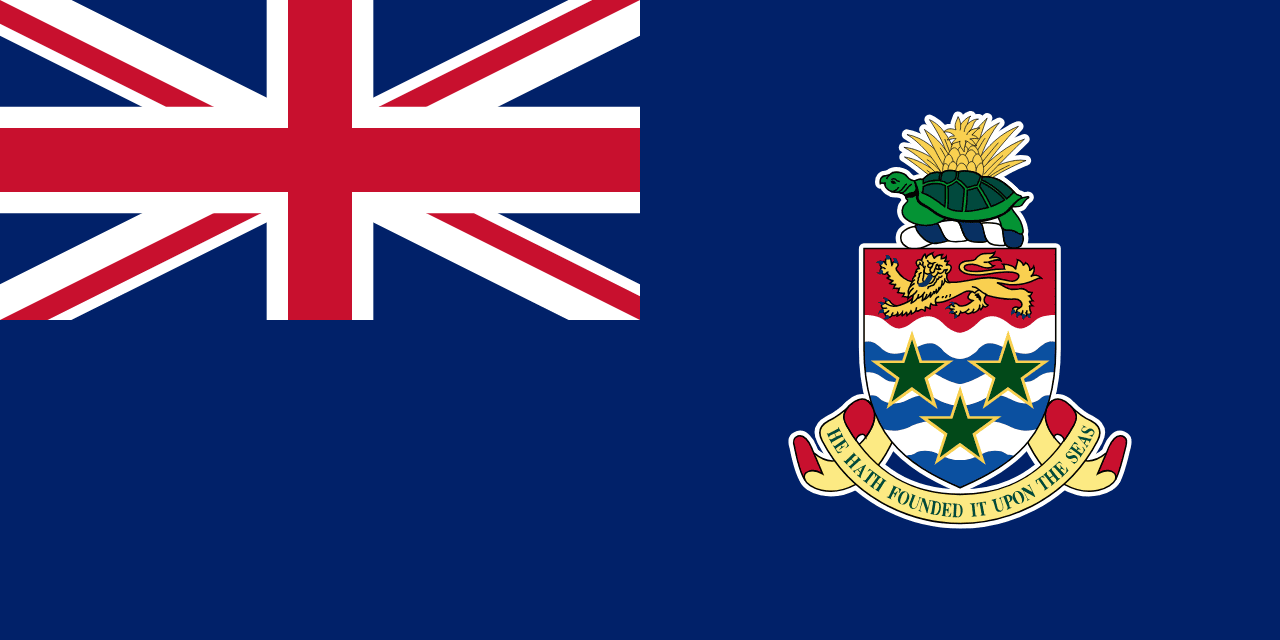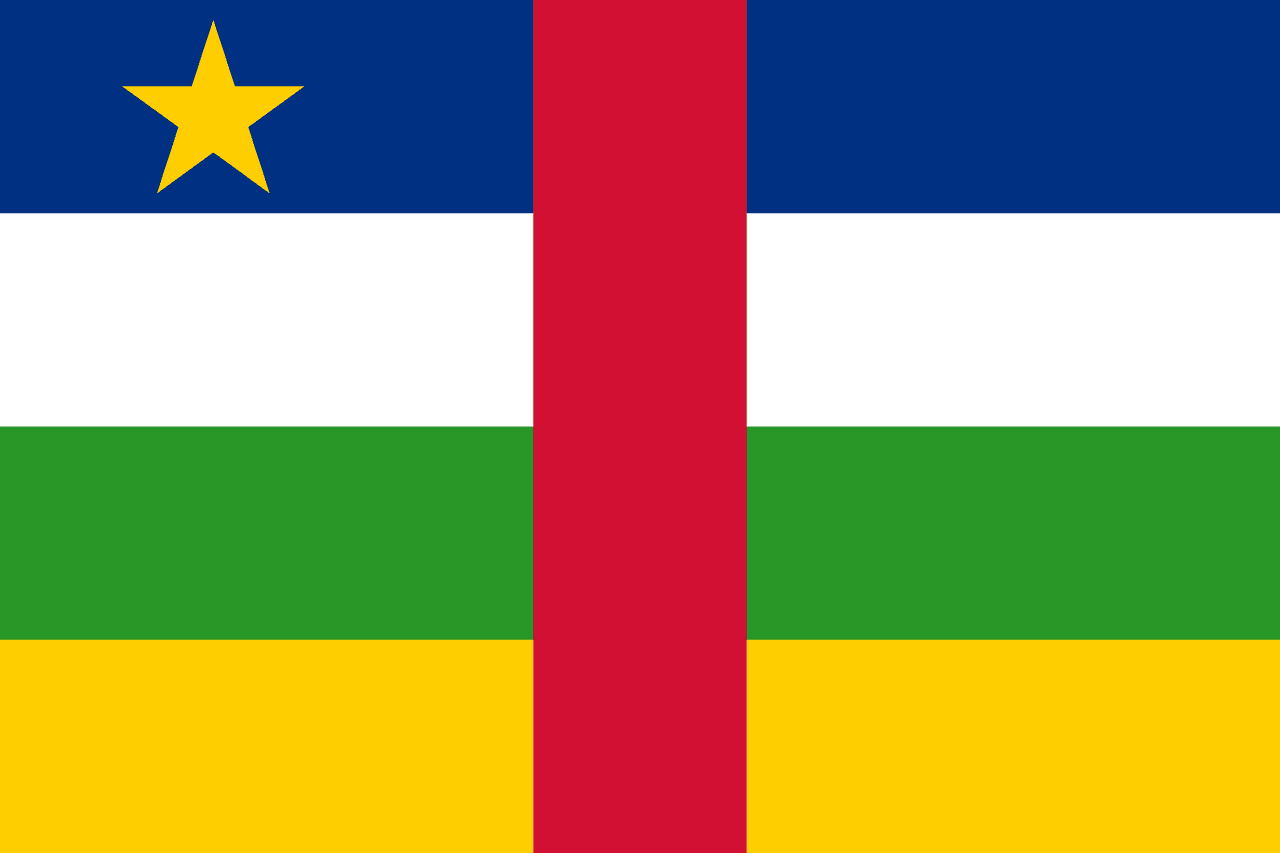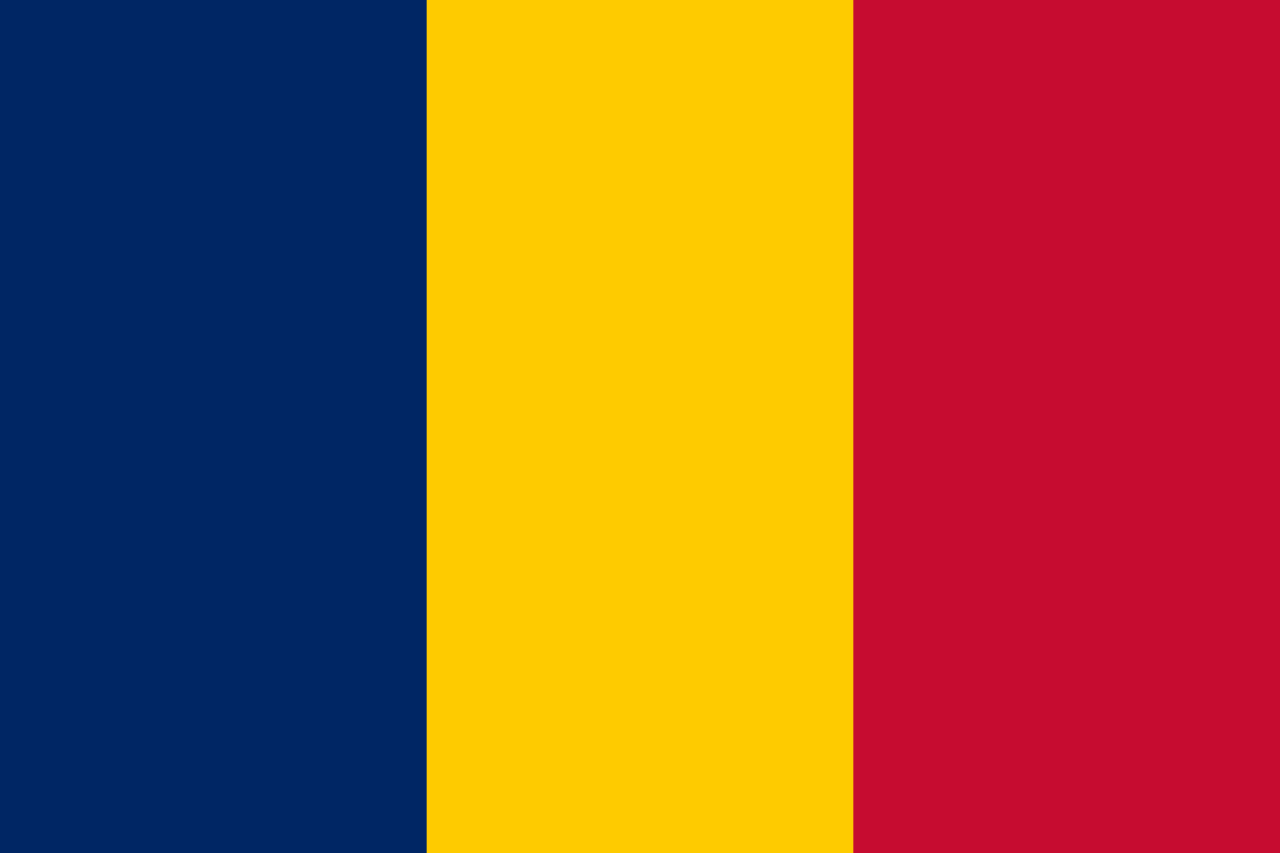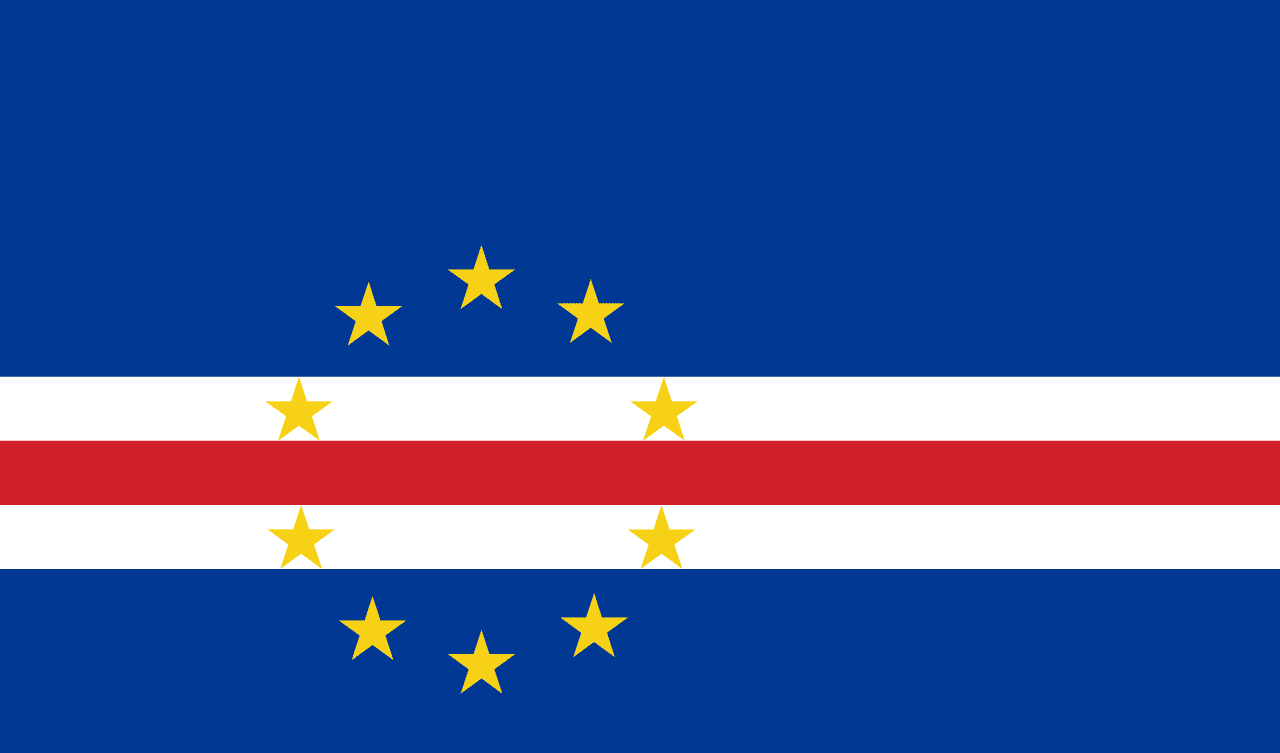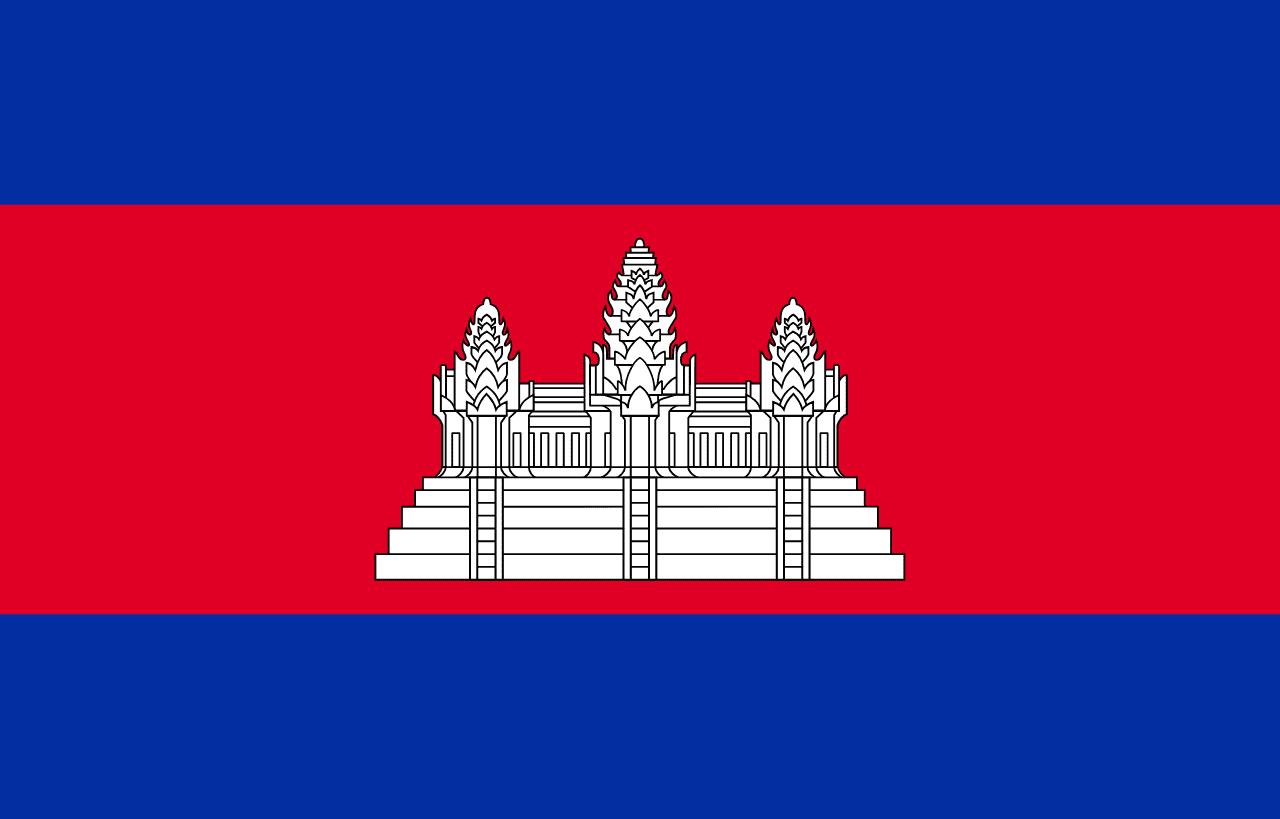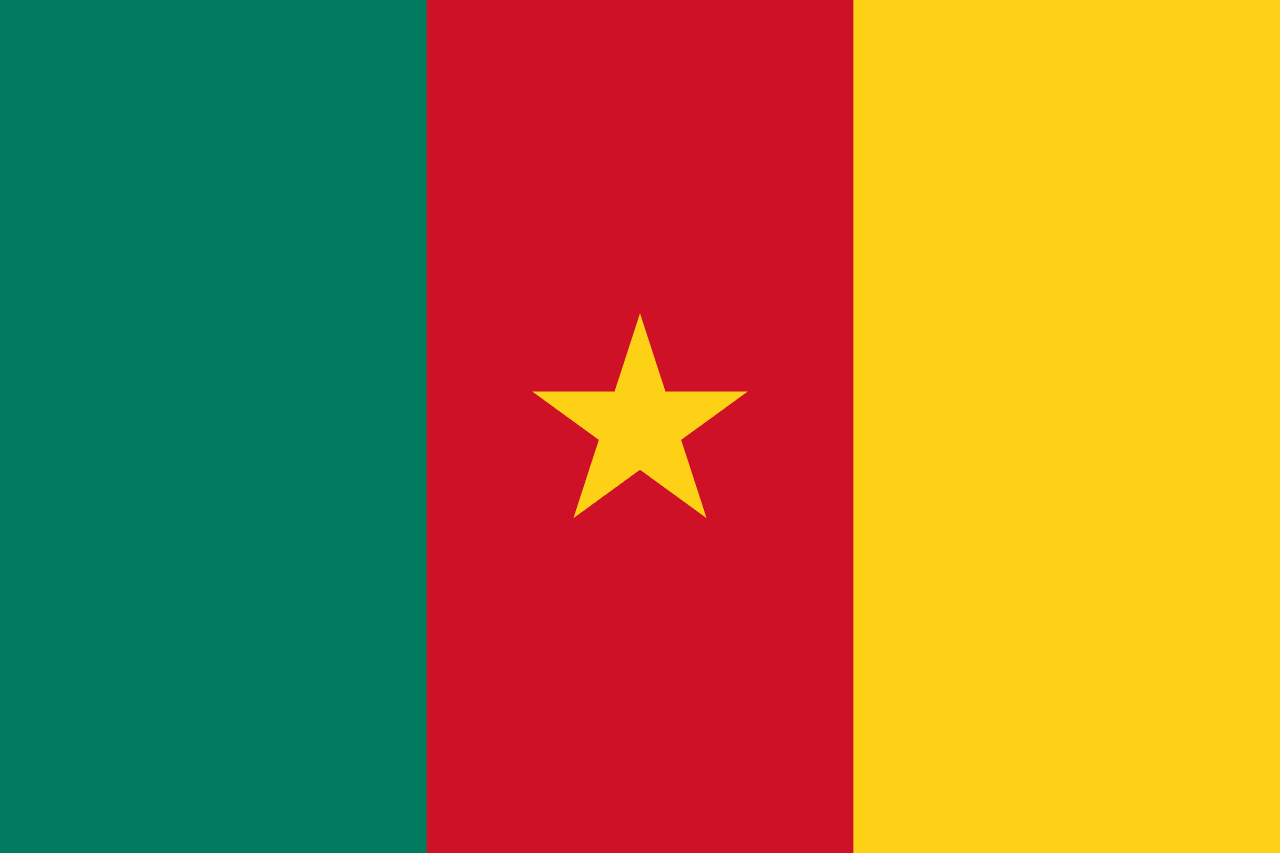The flag of Canada, also known as the Maple Leaf, consists of a red field with a white square at its center featuring a stylized red maple leaf with 11 points. This iconic design has become one of the most recognizable national symbols in the world.
Canada information
| National Flag Day | February 15th |
| Sovereign state | Yes |
| Official name | Canada |
| Capital | Ottawa |
| Population | 37,745,477 |
| Area | 10,085,000 km² |
| Currency | Canadian dollar (CAD) |
| Language | English, French |
| Continent | North America |
| Region | North America |
| Subregion | Northern America |
| Borders | United States |
| Timezone | UTC-8 to UTC-3.5 |
| Calling code | +1 |
| Top-level domain | .ca |
History of the Canadian Flag
 The current Canadian flag was officially adopted on February 15, 1965, marking a significant milestone in Canada's journey towards national sovereignty and identity. Prior to this, Canada used various versions of the British Red Ensign. The adoption of the new flag came after intense debate and a nationwide search for a design that would truly represent Canada as an independent nation.
The current Canadian flag was officially adopted on February 15, 1965, marking a significant milestone in Canada's journey towards national sovereignty and identity. Prior to this, Canada used various versions of the British Red Ensign. The adoption of the new flag came after intense debate and a nationwide search for a design that would truly represent Canada as an independent nation.
The process of selecting the new flag involved a parliamentary committee that reviewed thousands of designs submitted by Canadians. The winning design, created by George Stanley and John Matheson, was chosen for its simplicity and powerful symbolism.
Symbolism and Design of the Canadian Flag
The flag of Canada is renowned for its simplicity and powerful symbolism:
- The red field symbolizes the sacrifice and valor of Canadian soldiers throughout history, as well as Canada's British heritage.
- The white square at the center represents honesty, peace, and neutrality. It's also said to represent the "Great White North" - a nickname for Canada referring to its northern location and snowy landscapes.
- The stylized maple leaf, Canada's national emblem since the 18th century, embodies the country's natural beauty, environmental stewardship, and the unity of its diverse provinces and territories.
- The 11 points on the maple leaf do not carry any official symbolism but are designed for clarity and recognizability when the flag is flying.
Usage and Significance of the Canadian Flag
 The Canadian flag holds profound significance as a symbol of national pride and unity. It is displayed proudly across the country during official ceremonies, national holidays, and international events. The flag flies on all federal government buildings, schools, and many private residences.
The Canadian flag holds profound significance as a symbol of national pride and unity. It is displayed proudly across the country during official ceremonies, national holidays, and international events. The flag flies on all federal government buildings, schools, and many private residences.
February 15th is celebrated as National Flag of Canada Day, commemorating the date when the current flag was first raised over Parliament Hill in Ottawa in 1965. The flag is also prominently featured during Canada Day celebrations on July 1st.
Internationally, the Canadian flag is recognized as a symbol of peace, diplomacy, and multiculturalism. Canadian travelers often display the flag on their backpacks or luggage as a proud identifier of their nationality.
Interesting Facts About the Canadian Flag
- The maple leaf has been associated with Canada since the 18th century. It was used as a symbol on Canadian military uniforms during World War I and World War II.
- The flag's design was chosen through a nationwide competition, with over 3,500 designs submitted. The final design was approved by Parliament after six months of intense debate.
- The exact shade of red used in the Canadian flag is specified as FIP red 40 or Pantone 032.
- The largest Canadian flag ever flown was in Tecumseh, Ontario, measuring 38 by 76 meters (124 by 249 feet).
- The flag that flies atop the Peace Tower on Parliament Hill is changed daily, and used flags are given to Canadian citizens free of charge. However, there's a waiting list of several decades for this honor.
